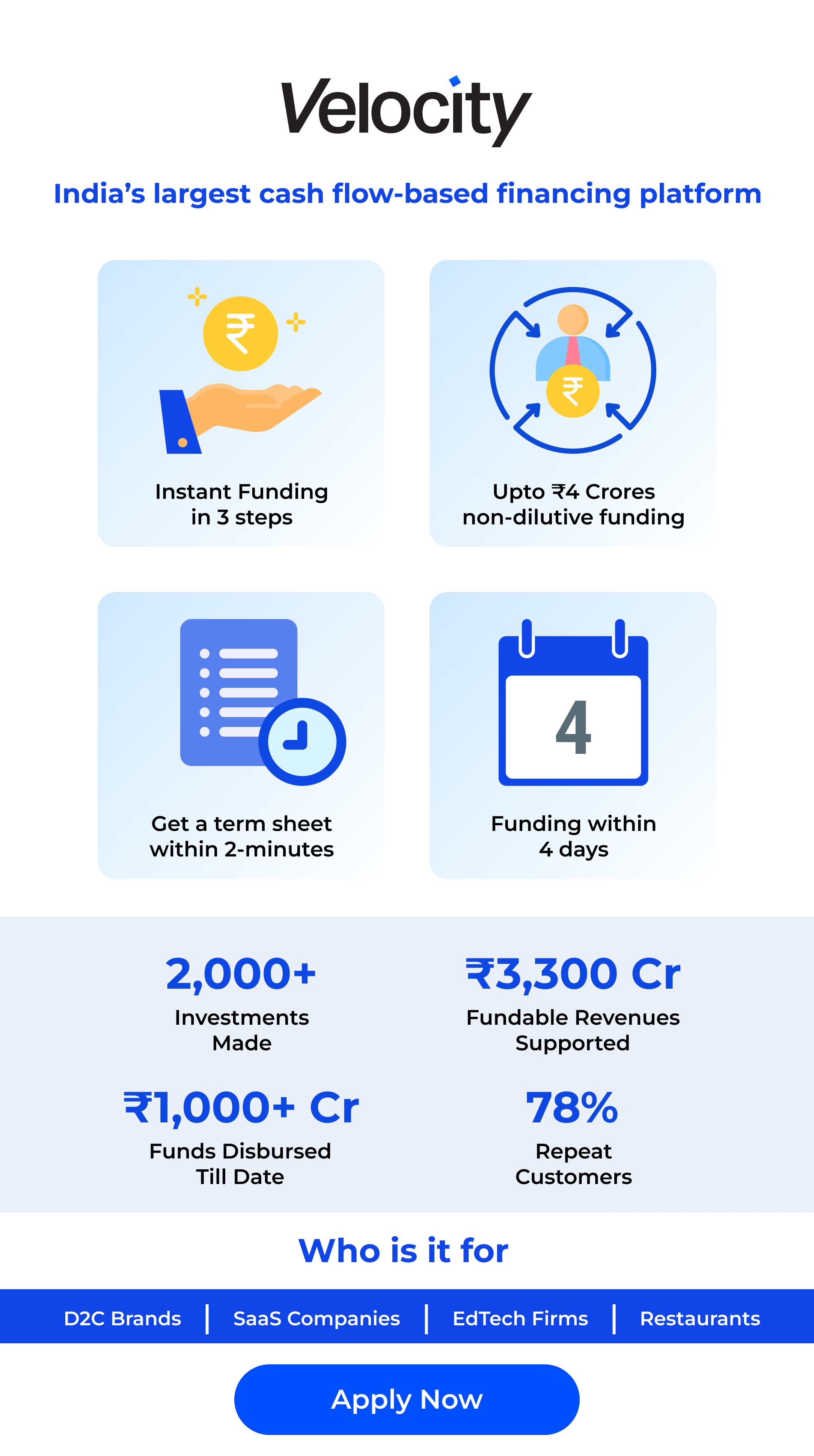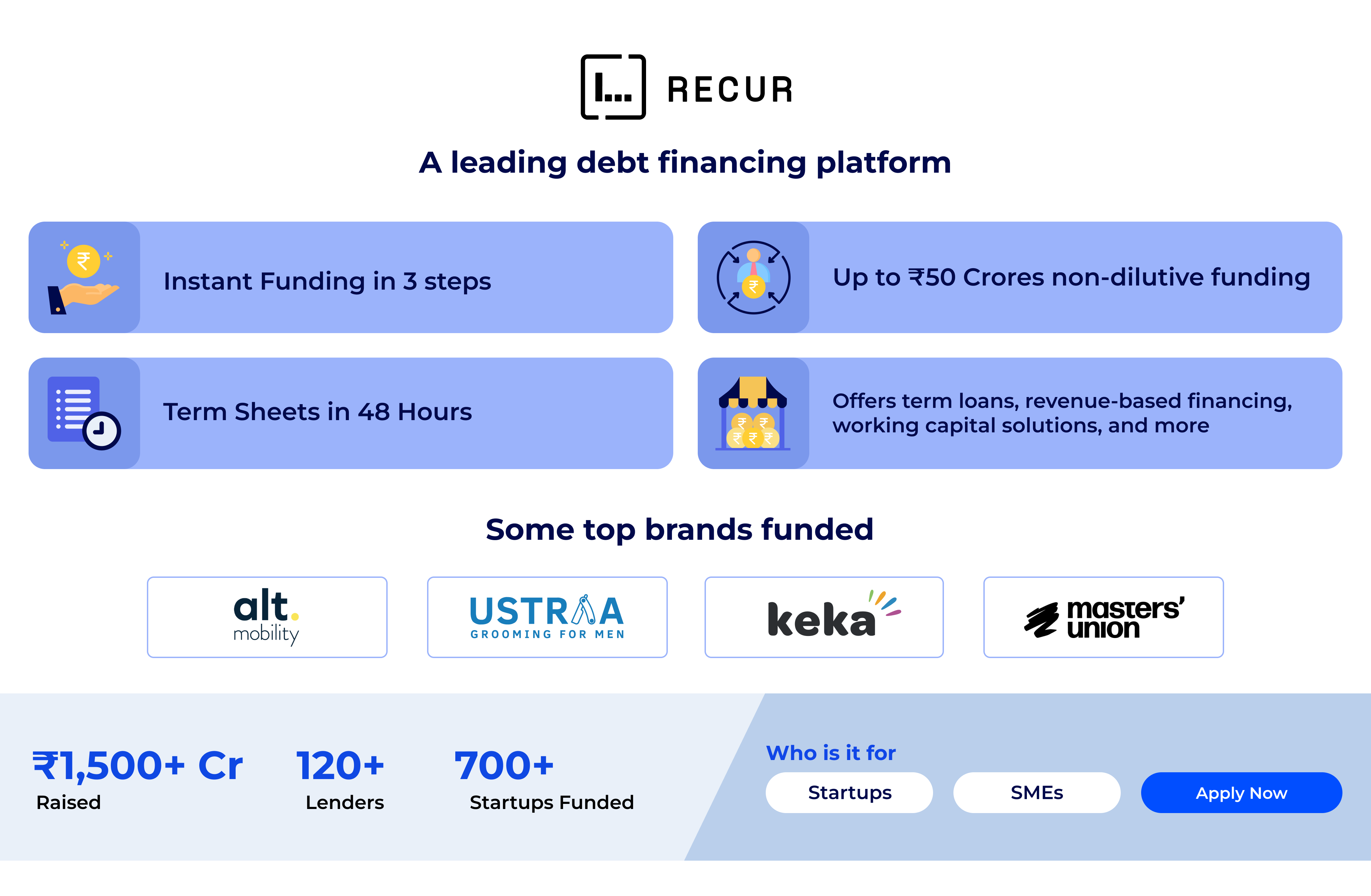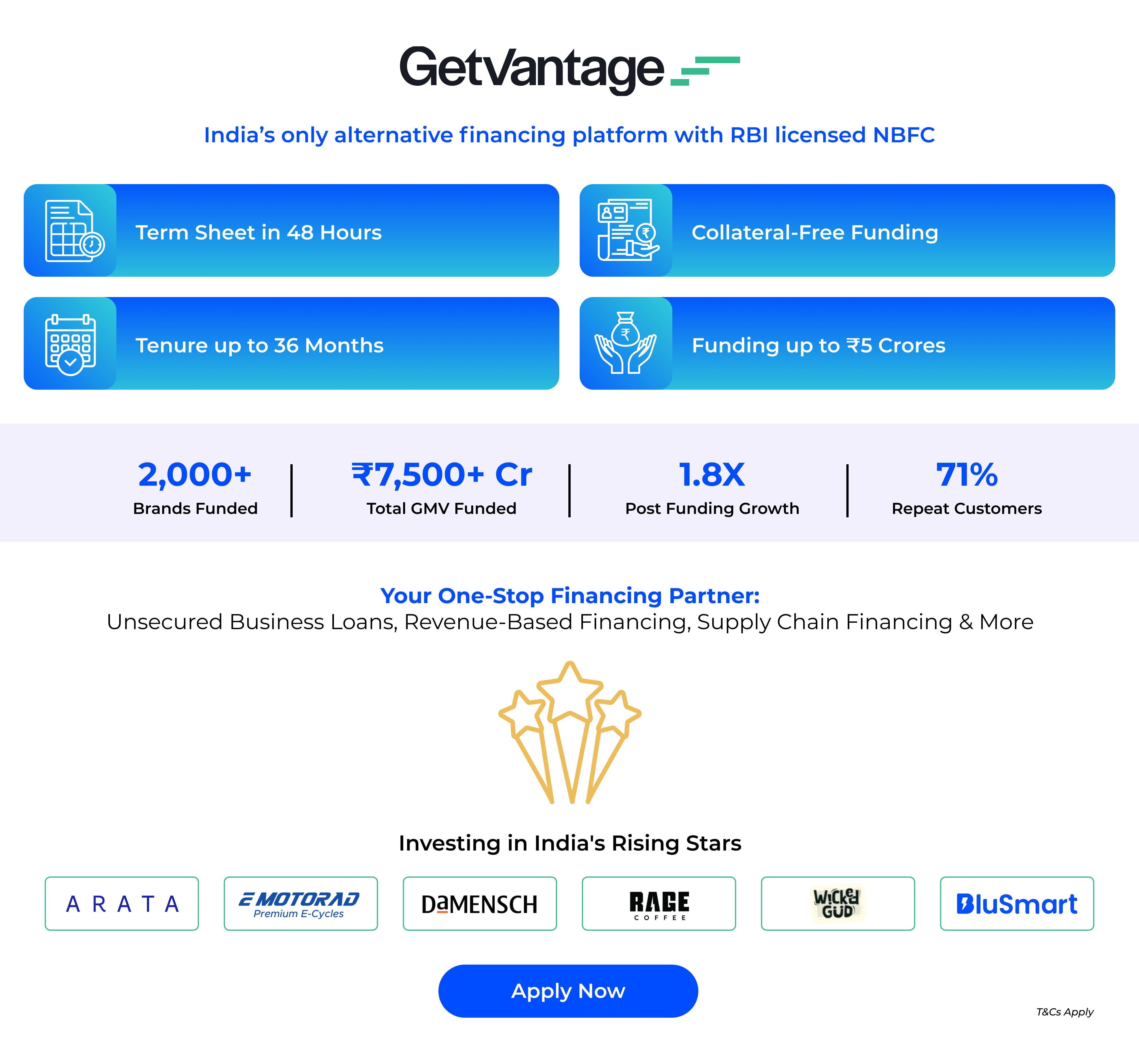Planning Pays Off: 5 Strategies to Get the Most Out of Your Delivery Speed Choice
March 3, 2025
5 min read
How to Make the Right Use of Part Truckload
Shipping of part truckload (PTL) has become a cost-effective transport solution for companies with different transport sizes. However, optimizing part truckload (PTL) operations can create unique problems. Many businesses are confronted with inefficient transport processes, one of their biggest logistical pain points.
By adopting proven strategies and using the right technologies, companies can use part truckload operations to reduce costs, improve efficiency, and gain excellent customer experience. In this blog, we will walk you through the most effective strategies to optimize your PTL shipping.
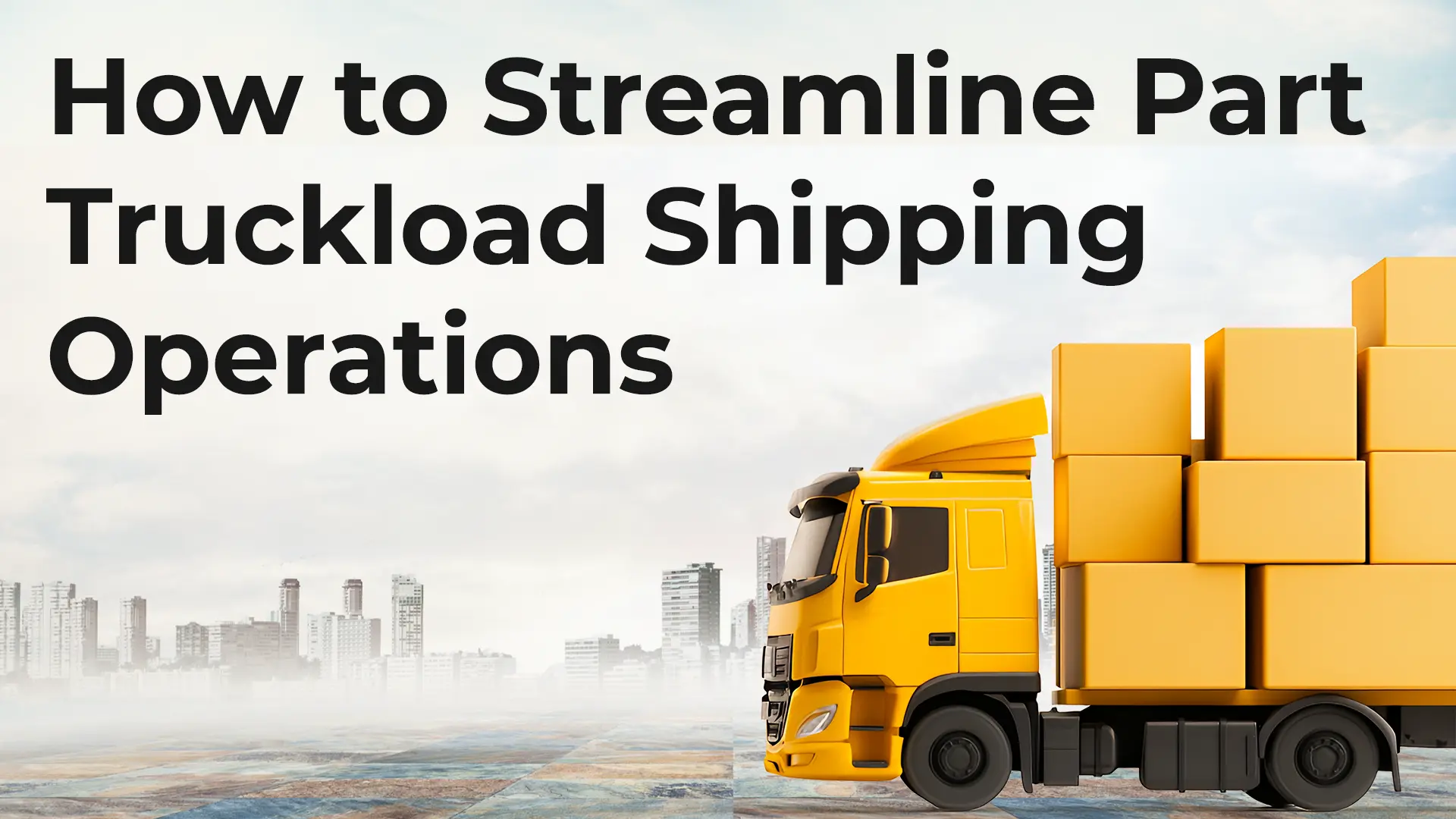
Key Challenges in Part Truckload Shipping
Companies often face complex logistics requirements when it comes to part truckload services. Below are some common obstacles for businesses:
- Engaging with Secure Carriers: Industry reports found that finding reliable carriers for part-load transport is a frequent problem.
- Ensuring Routes are Optimized: Cost-effective and timely route planning is essential for efficient delivery, but it remains a challenge for many businesses.
- Maintaining Real-Time Visibility: The lack of real-time tracking affects many businesses, making it difficult to monitor consignments effectively. Companies cannot quickly manage or solve potential supply problems without real-time recognition.
Best Practices in Streamlining PTL Operations
To overcome these obstacles, businesses should focus on implementing proven best practices. This includes:
- Building Strong Carrier Partnerships: Long-term relations with reputable carriers can provide access to better tariffs, faster delivery times, and more flexible solutions.
- Routes and Schedules are Optimized: Route optimization tools can help companies plan the most efficient routes, reduce fuel consumption, and improve delivery time.
- Improving Inventory Management: Aligning inventory with demand through data-based forecasts can reduce the need for partial shipments and streamline the shipping process.
Leveraging Technology for Improved Efficiency
Technology plays a key role in refining part-load truck shipping operations. This is how specific technologies influence:
- Real-Time Tracking: Companies that use real-time tracking reported a 15% reduction in transport costs. This transparency helps businesses keep records throughout transit, reducing uncertainties and costs.
- AI-Powered Productive Analytics: Artificial Intelligence allows companies to better anticipate demand, allowing them to proactively adjust resources to a smoother part-load transportation.
Benefits of Streamlined PTL Operations
The implementation of these strategies and technological solutions can bring a number of benefits to businesses, including:
- Cost Savings: Optimized routing, carrier partnerships, and inventory management can significantly reduce transport costs.
- Improved Delivery Efficiency: Better visibility, route planning, and coordination of carriers can lead to faster, more reliable supplies.
- Improved Customer Satisfaction: Streamlined part truckload operations and improved delivery times can positively impact customer experience by promoting loyalty and repeat business.
Conclusion
Rationalizing part truckload shipping operations is essential for companies wishing to remain competitive in today’s dynamic logistics environment. By using best practices, leveraging technology, and setting priorities for efficiency, companies can fully unlock the potential of their part-load transportation strategies, saving costs, improving productivity, and providing excellent customer service.
Ready to streamline your part truckload shipping with ease? Shipyaari offers fast, reliable PTL services with options tailored to your unique needs. Start optimizing your PTL shipping with the support you need each step.
Frequently Asked Questions
Streamlining part truckload (PTL) shipping can reduce costs, improve delivery efficiency, and increase customer satisfaction. Companies can make their shipping process more efficient by optimizing routes, building strong transport relations, and using inventory management tools.
Technologies such as real-time tracking and AI-powered analytics allow companies to monitor shipments accurately and anticipate demand, helping to allocate resources and reduce supply delays.
Businesses can strengthen carrier partnerships by establishing long-term contracts, ensuring consistent freight volumes, and facilitating transparent communication. This can lead to better rates, faster delivery times, and more flexible shipping opportunities.
Effective stock management helps to reduce partial shipments and align stock levels with demand. This reduces the need for urgent shipments by reducing costs and improving delivery times.
Suggested Reads
Hyperlocal Personalization: Tailoring Experiences for Local Customers
Introduction The eCommerce industry in India has witnessed a rapid growth of hyperlocal services in
Continue ReadingDec






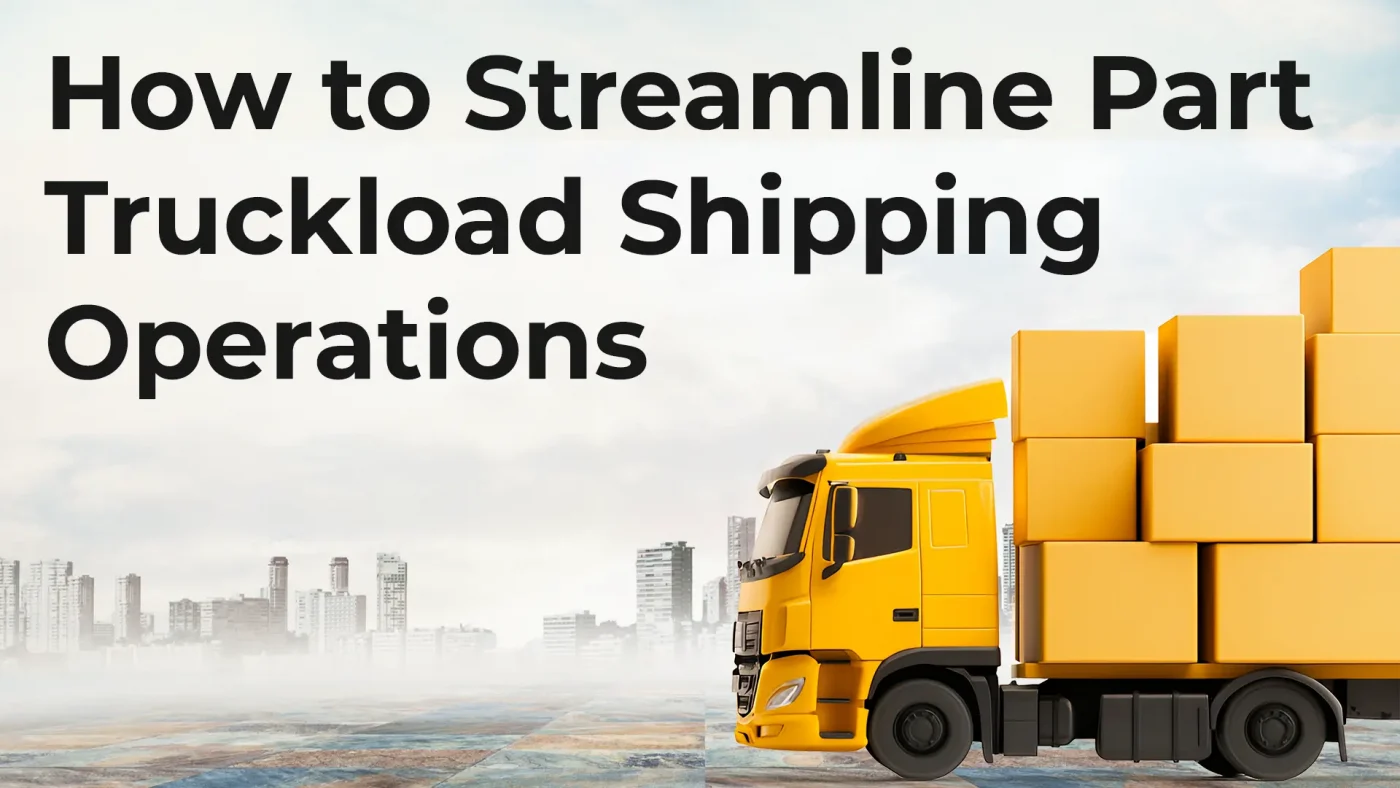







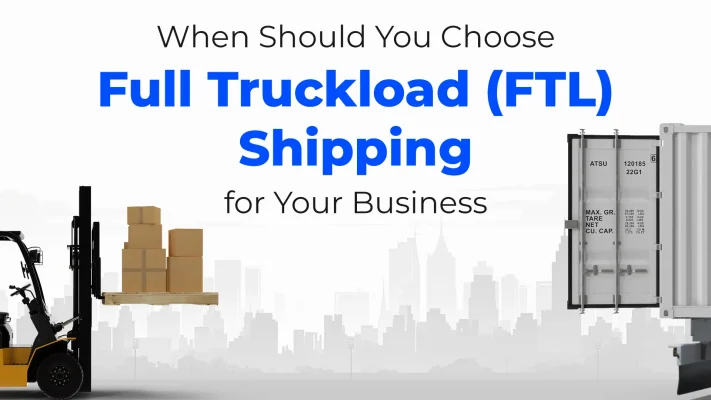

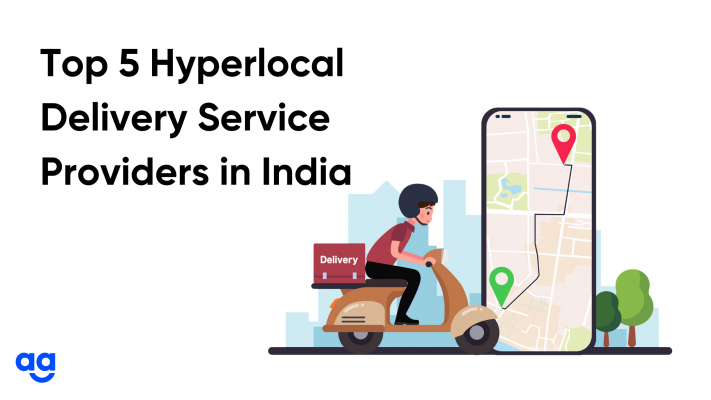
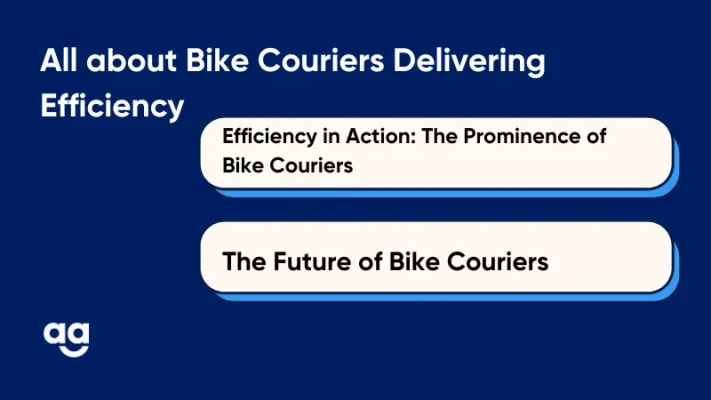

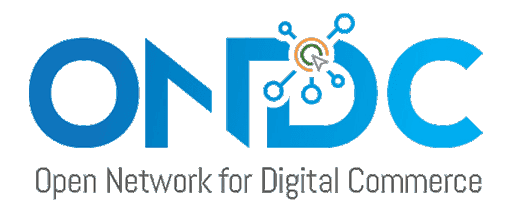 Shipping
Shipping
